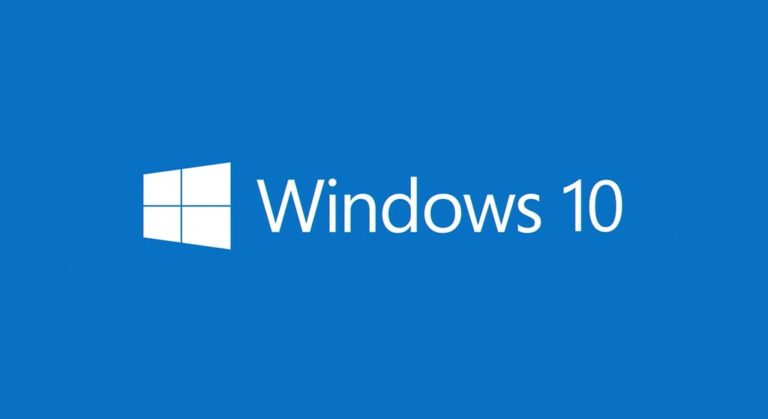With the impending End-of-Life (EOL) for Windows 10 set on October 14, 2025, users are preparing for the transition to the latest operating system, Windows 11. In this post, we’ll delve deeper into the reasons behind Windows 10’s EOL, what users can expect after the cutoff, and a glimpse into the anticipated Windows 12.
Why Windows 10 is Going End of Life?
The decision to discontinue support for Windows 10 is rooted in Microsoft’s strategic approach to resource allocation. With the constant evolution of technology, Microsoft aims to channel its resources into the development and enhancement of new operating systems. Imagine the challenges if every older version were to be continuously supported. Users often resist change, and maintaining numerous operating systems can prove resource-intensive for Microsoft. The commitment to one semi-annual major update until October 14, 2025, reflects their dedication to providing ongoing support until the official EOL date for all Windows 10 versions.
For users seeking more detailed information on the lifecycle of specific Windows 10 versions, Microsoft’s Windows 10 Lifecycle page is a valuable resource.
What Happens After Windows 10 EOL?
Similar to the Windows 7 EOL experience, the immediate impact on users might not be noticeable on October 14, 2025. However, the absence of new features and critical security updates post-EOL poses a significant concern. Malicious actors won’t halt their attempts to exploit vulnerabilities, and without ongoing updates, users face increased risks. The urgency to migrate to a supported system becomes crucial to safeguarding systems and businesses from potential security threats.
Additionally, understanding what a new Windows version brings is essential for users contemplating the transition. While specific details about Windows 12 remain unclear, historical trends suggest the likelihood of an upgrade path from Windows 10 to the next-generation operating system. Drawing parallels to the transition from Windows 7 to Windows 10, users might witness a seamless upgrade process.
Windows 12: What’s on the Horizon?
Anticipation surrounds the expected launch of Windows 12, rumored around September 2025. Despite Windows 11’s recent introduction, the technology landscape continues to evolve rapidly. Speculations about Windows 12 raise questions about its features, visual changes, and potential impacts on users.
Considering the historical progression from one Windows version to the next, it’s speculated that the visual transition from Windows 10 to Windows 12 may not be as impactful as the shift from Windows 7 to Windows 10. However, the specifics remain uncertain, and users await official announcements from Microsoft.
For large companies, transitioning operating systems incurs significant costs in training, compatibility assessments, and potential adjustments to proprietary software. In contrast, home users and small businesses may find fewer compatibility concerns, making the transition more straightforward.
As we stand at the crossroads of Windows 10’s EOL and the imminent arrival of Windows 12, users are urged to stay informed, plan their transitions, and embrace the evolving landscape of Microsoft’s operating systems. The journey from Windows 10 to Windows 11 and beyond promises exciting developments, ensuring users remain at the forefront of technological advancements. Feel free to contact SandStorm IT at 901-475-0275 if you need any assistance.

